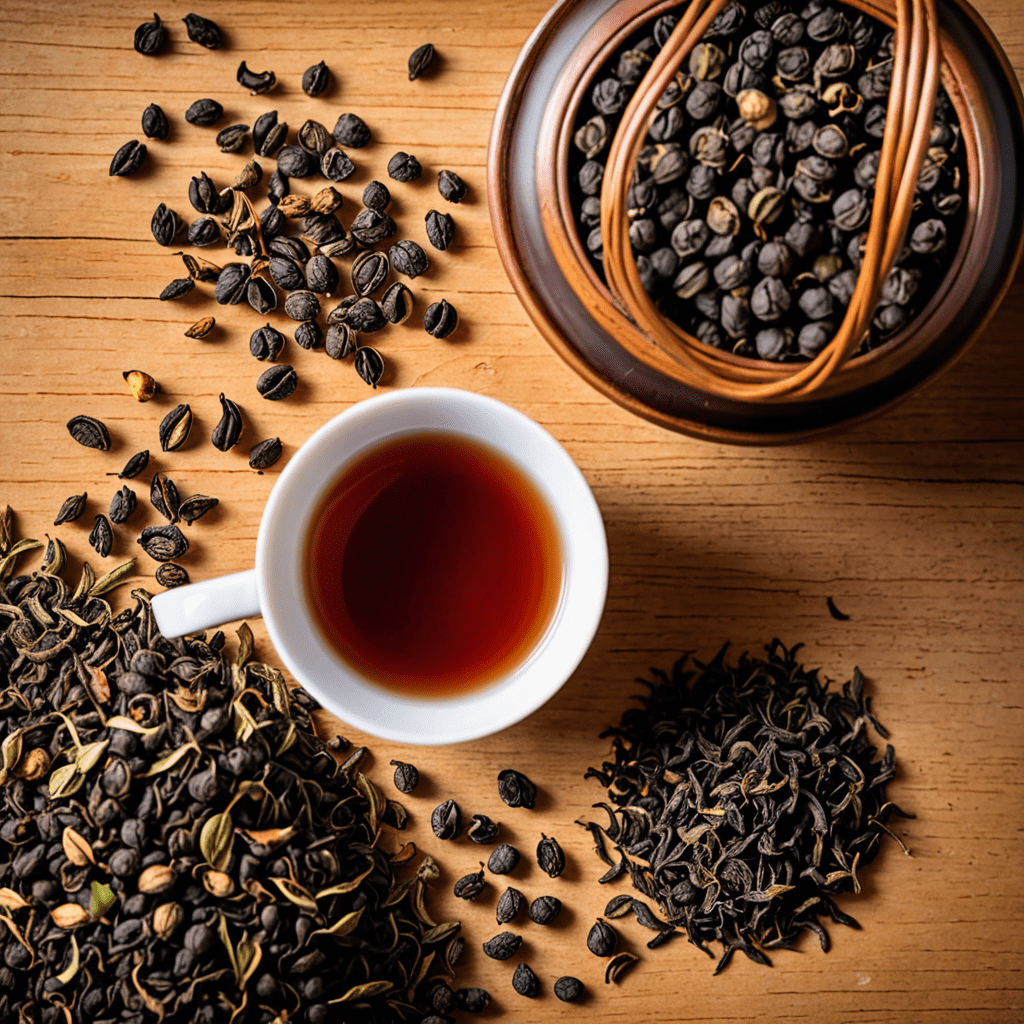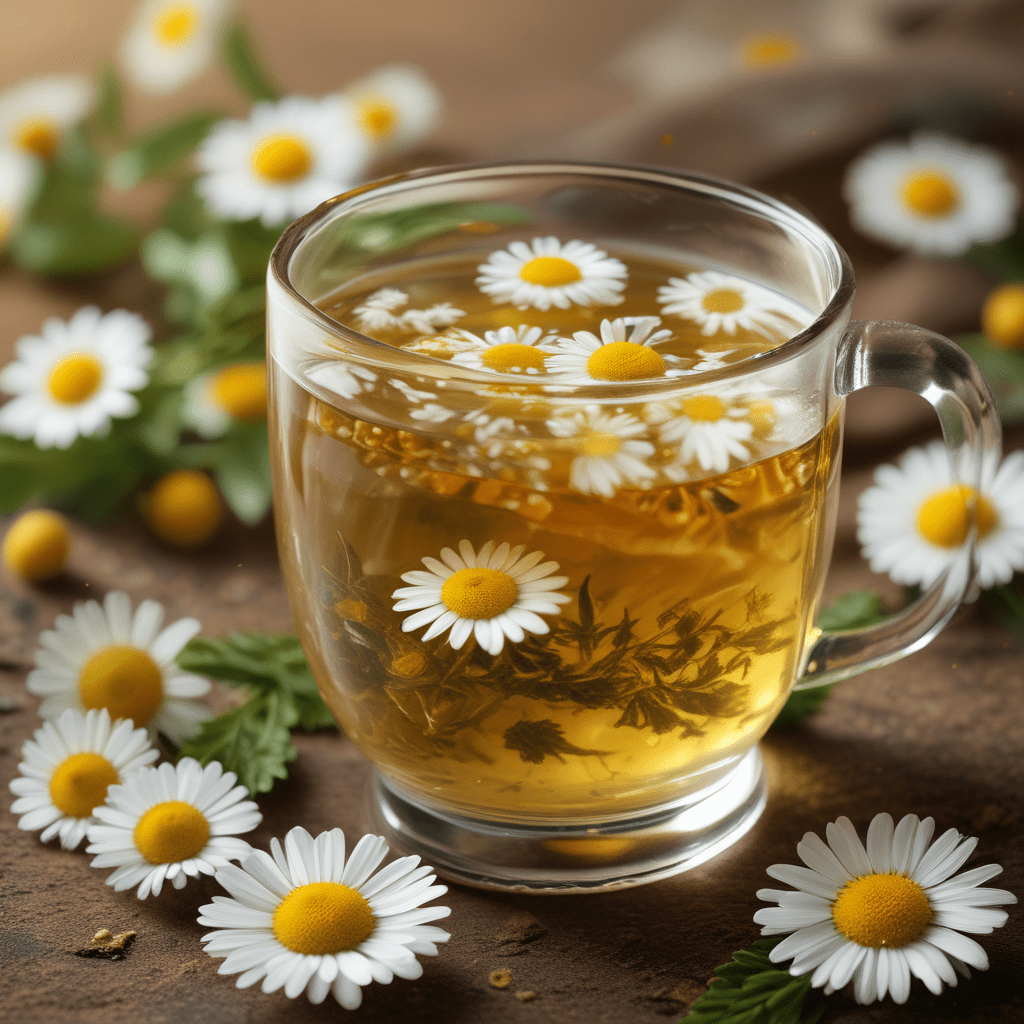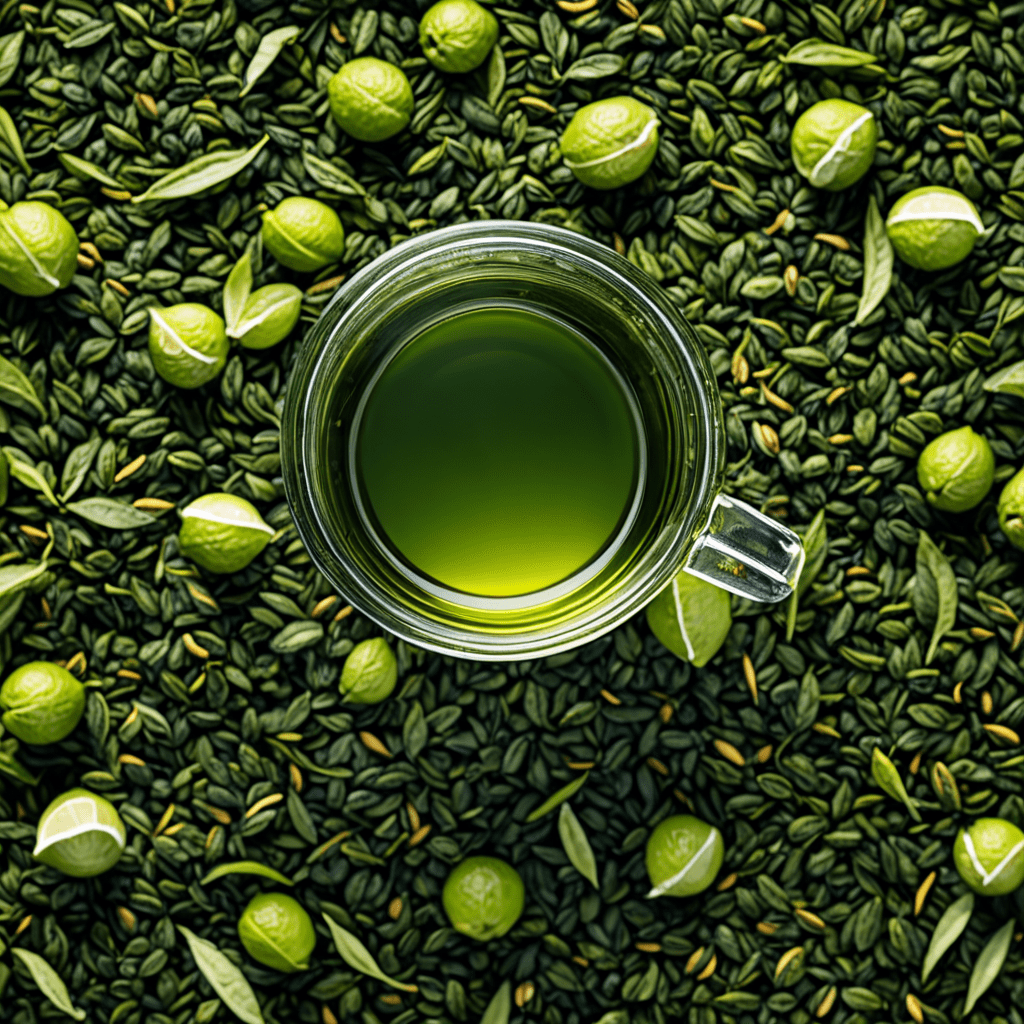Pu-erh Tea: A Journey Through Tea Enthusiasts
The Traditional Elegance of Pu-erh Tea
Pu-erh tea, a beloved gem in the world of tea enthusiasts, holds a rich history and a unique flavor profile. This aged Chinese tea carries a deep, earthy taste that improves with time, making it a favorite among connoisseurs.
Origin and Cultivation
Hailing from the Yunnan province in China, Pu-erh tea is made from the leaves of the Camellia sinensis plant. What sets Pu-erh apart is its fermentation process, where microbial fermentation transforms its flavor over time, leading to its distinct taste and aroma.
Varieties of Pu-erh Tea
There are two main types of Pu-erh: raw (sheng) and ripe (shou). Raw Pu-erh undergoes a natural aging process, resulting in a lighter flavor, while ripe Pu-erh undergoes a rapid fermentation process to mimic the taste of aged raw Pu-erh.
Brewing and Serving
To experience Pu-erh at its best, enthusiasts recommend using water just off the boil and steeping the leaves multiple times to fully extract the complex flavors. This tea is often enjoyed in small cups to savor its nuances.
Health Benefits of Pu-erh Tea
Beyond its exquisite taste, Pu-erh is renowned for its potential health benefits. It is believed to aid digestion, promote weight loss, and reduce cholesterol levels, making it a popular choice for those seeking wellness through tea.
Collecting Pu-erh Tea
For many tea enthusiasts, collecting Pu-erh is a passion that goes beyond indulging in its flavors. The aging process of Pu-erh adds value over time, making it a sought-after addition to tea collections and a symbol of tradition and luxury.
Join the Pu-erh Tea Journey
Embark on a journey through the world of Pu-erh tea and discover the allure of this aged wonder. Whether you’re a seasoned tea enthusiast or a newcomer to the world of teas, Pu-erh offers a taste of tradition and elegance that captivates the senses.
FAQ About Pu-erh Tea
What is Pu-erh Tea?
Pu-erh tea is a unique type of fermented tea originating from Yunnan province in China. It undergoes microbial fermentation and oxidation, resulting in a complex flavor profile.
How is Pu-erh Tea Different from Other Teas?
Pu-erh tea stands out due to its post-fermentation process, unlike other teas that are typically not fermented. This unique process gives Pu-erh its distinct taste and beneficial probiotic properties.
What are the Different Types of Pu-erh Tea?
There are two main types of Pu-erh tea: raw (sheng) and ripe (shou). Raw Pu-erh is aged naturally and develops a potent, astringent flavor over time. Ripe Pu-erh undergoes accelerated fermentation, resulting in a smoother taste.
How is Pu-erh Tea Best Enjoyed?
Pu-erh tea enthusiasts often enjoy multiple infusions to appreciate its evolving flavors. The tea can be brewed using a gaiwan, Yixing clay teapot, or a simple infuser. It is commonly sipped without any additives to experience its full taste profile.



